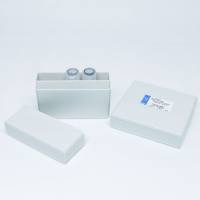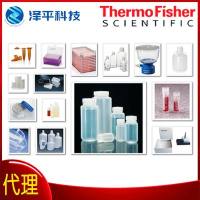An In Vitro Osteoclast-Forming Assay to Measure Myeloma Cell-Derived Osteoclast-Activating Factors
互联网
互联网
相关产品推荐

Hemagglutinin/HA重组蛋白|Recombinant H1N1 (A/California/04/2009) HA-specific B cell probe (His Tag)
¥2570

Zbp1/Zbp1蛋白Recombinant Mouse Z-DNA-binding protein 1 (Zbp1)重组蛋白DNA-dependent activator of IFN-regulatory factors;DAI;Tumor stroma and activated macrophage protein DLM-1蛋白
¥1836

ADAM9抗体ADAM9兔多抗抗体Myeloma cell metalloproteinase antibody抗体ADAM9 Antibody抗体
¥440

重组人 p38 delta / MAPK13 蛋白 (Activated in vitro, GST标签)
¥3220

赛默飞世尔Thermo Fisher Rainfall measure moulded in high impact styrene readings in mm & inches graduate conical 货号:T_70313142201
¥5
相关问答

